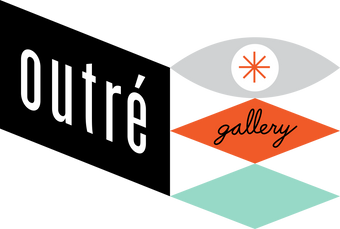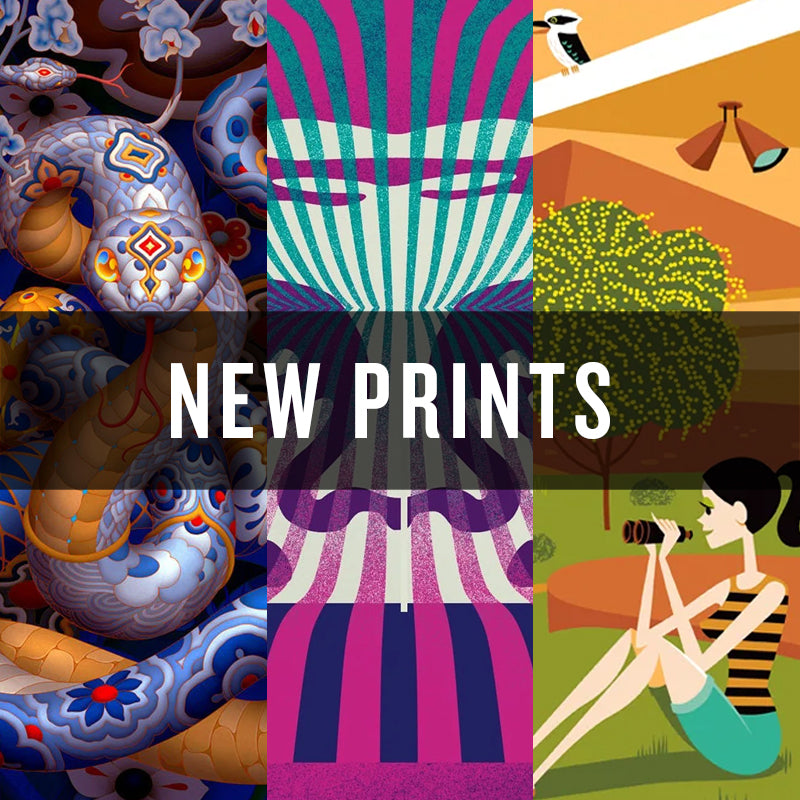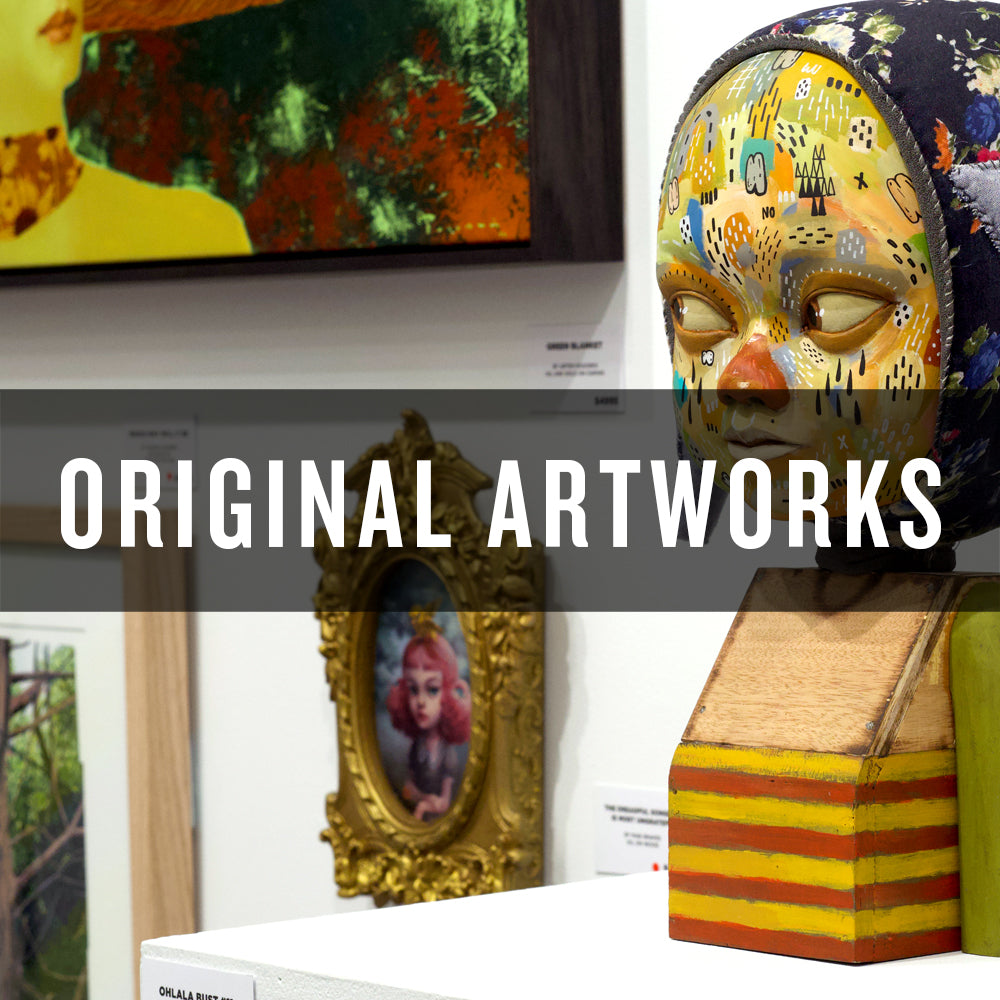
Greg Mount is an artist based in Melbourne, Australia. Greg's paintings occupy a rich intersection of 20th-century nostalgia, urban grit, and striking visual intensity. Through bold hues and carefully composed scenes of an America filtered through the lens of the TV generation, he summons a world that feels both relevant and tenderly remembered. Whether capturing desert highways, pickups, or discarded everyday heroes, he invites us to see beauty in the overlooked and the worn.
Artist Statement
I am not one for explaining the narrative of my work; I like the viewer to find their own connection to what I have composed and I enjoy hearing those fresh interpretations. Having said that, the overarching narrative in A Lonesome Road is around moments of solitary contemplation and thought, often in those times where life feels its heaviest. Figures, everyday heroes, and vehicles that have worked hard, lived hard, and travelled what sometimes feels like a lonesome road. Heroes that have had their day and vehicles that are past their prime. But colour and brightness often surrounds the character, just as it does with all of us, and I encourage the viewer to find the beauty in the smallest of things as they travel their path - be it the sunshine on a headlight or the implied smile of a bear, the joy is there you just have to find it.... or perhaps this is just a bunch of cool trucks, you decide.
Greg's show A Lonesome Road opens October 17.
Interview by Luke Rion. Images supplied by Greg Mount.
Hi Greg, thanks for taking the time to chat with us! We are so excited to be hosting A Lonesome Road. Can you tell us a bit about the theme for this show?
The show is called A Lonesome Road, and that name came about for two reasons. Firstly, the figures and vehicles I paint often exist in isolation—caught in moments of pause, reflection, or even quiet confrontation with themselves. I strip them of distraction so the viewer can linger on the silence of the scene and wonder: Who are they? Where have they been? What are they carrying with them?
Secondly, the act of making a body of work like this is itself a solitary exercise. It rarely ends where it begins. When I started painting for this show nearly a year ago, I imagined something very different. But, as with any real road trip, the unexpected detours, the places you stumble across when you’re willing to veer off the plan end up shaping the journey. This show is as much about that process as it is about the imagery itself.

You have stated in the past that you draw inspiration from American culture, growing up as "a child of the TV" and travelling to North America. How have these influences shaped your practice and directed your approach?
Growing up in the ’70s and ’80s, I absorbed America through a television screen—a world polished in nostalgia and perfection, where every story neatly resolved itself. To a kid, it was a place you could live in without worry, a kind of blissful, artificial dream. Travelling through the U.S. as an adult, though, the curtain lifts. You see the “other” America: the small towns, the faded motels, the desert cities that don’t make the postcards. One of my favourite metaphors is the drive along the I-10 from LA to Palm Springs—you come to a sign over the highway which literally offers “Palm Springs” or “Other Desert Cities.” That pretty much sums it up. My paintings try to sit in that tension between the dream and the real—the rose-coloured version and the grit underneath. Why America? It’s a louder, amplified reflection of Australia with the dial turned up to eleven.
Your work thematically often uses vehicles, particularly the Dodge Ute and the Winnebago Camper van. Can you elaborate why you have chosen to use these as a subject of focus?
Vehicles are cultural markers. They’re about more than transportation; they tell stories about class, labour, freedom, and identity. The pickup, the ute, the camper van—these are the vehicles of working people, of lived-in lives, of grit and perseverance. That’s a culture I understand and connect to. A Ferrari? That’s someone else’s story. The ute or the van parked at the edge of nowhere—that’s a narrative I can dig into.
Your work alludes to themes of a transitory lifestyle, often depicting vehicles parked outside of motels, rest stops and gas stations scrawled with graffiti and overrun with wildlife. What draws you to this motif?
For me, the road trip has always been the dream. As a kid, holidays meant piling into the car and heading down some endless stretch of road across the country while my dad subjected us to a cassette tape that just appeared to only contain Kenny Rogers' 'The Gambler' and the theme from the movie Convoy.
A road trip is still my ideal holiday; I’d rather pull off onto a forgotten highway and photograph an abandoned gas station that is covered in graffiti than sit poolside sipping cocktails. Those crumbling facades, rusted signs, and graffiti-tagged walls are layered with history. They’re imperfect, but they’re alive with stories. Wildlife, decay, graffiti—these are the marks of real life pressing up against the glossy, TV-perfect version of America. That contrast fascinates me.
Are you the type of artist that can work on multiple pieces at the same time or are you driven to finish the work that is currently on the easel?
Ideally I like to work on a piece at a time but this exhibition has a couple of pieces that have haunted me throughout. If I am getting bogged down in a painting and I tend to persist for a while and then put it aside, if I am still feeling it's worth pursuing then I will go back to it but occasionally it may be a lost cause so it gets scrapped. I do like to have a painting I am happy with sitting around in my studio just to ward off the evil spirits of self doubt and remind me I am capable of good things. I have definitely felt keeping a painting that I feel I have succeeded at helps me progress and grow my themes and skills. Self doubt and imposter syndrome can lead to 'artist block'. I heard somewhere that you never lose the ability to paint, you just question whether what you are doing is good enough so keeping work around where you feel you have succeeded keeps the artist block away.
Describe a day in the studio - how do you set up your workspace for a successful day of painting?
If weather permits, a studio day starts with a walk to the beach to get coffee. Then put on some tunes. Clear the bench of whatever yesterday's work was - I like to start with as clear a bench as possible but it usually ends up a mess of tubes, brushes, paper and tape by the end of the day. Starting calm and unrushed is essential to me for a good day of painting.
What are your go-to brushes and mediums that you find essential to your process?
At the moment, I’m using the Artist Spectrum Sablinsky range, the short handles feel natural, and they hold their shape longer than most. I keep a small army of them in reserve so I’m never caught short. For finer work, I love the Italian Da Vinci brushes, and I have one I picked up in the States that I guard like treasure. With my wife also being a painter, the brush rack sometimes feels like contested territory. Beyond that, I’ve got a lucky mechanical pencil and a brass ruler, if they go missing, the day gets off on the wrong foot.
Finally, how do you recharge your creative battery and get back into the flow? Do you have any albums, podcasts, or films that sustain your practice and keep you going?
When I need to slow my mind down, I’ll put on Ken Layne’s Desert Oracle podcast. His love for the Mojave desert is contagious, and that landscape has seeped into so many of my recent paintings. On tougher days, Jacob Johnson’s Myartisreal podcast has been a lifesaver. Hearing other artists talk about their struggles and breakthroughs reminds me I’m not alone on this road. It’s a compass, pointing me back toward the work.
Thanks for chatting with us, Greg! See you at the show!








